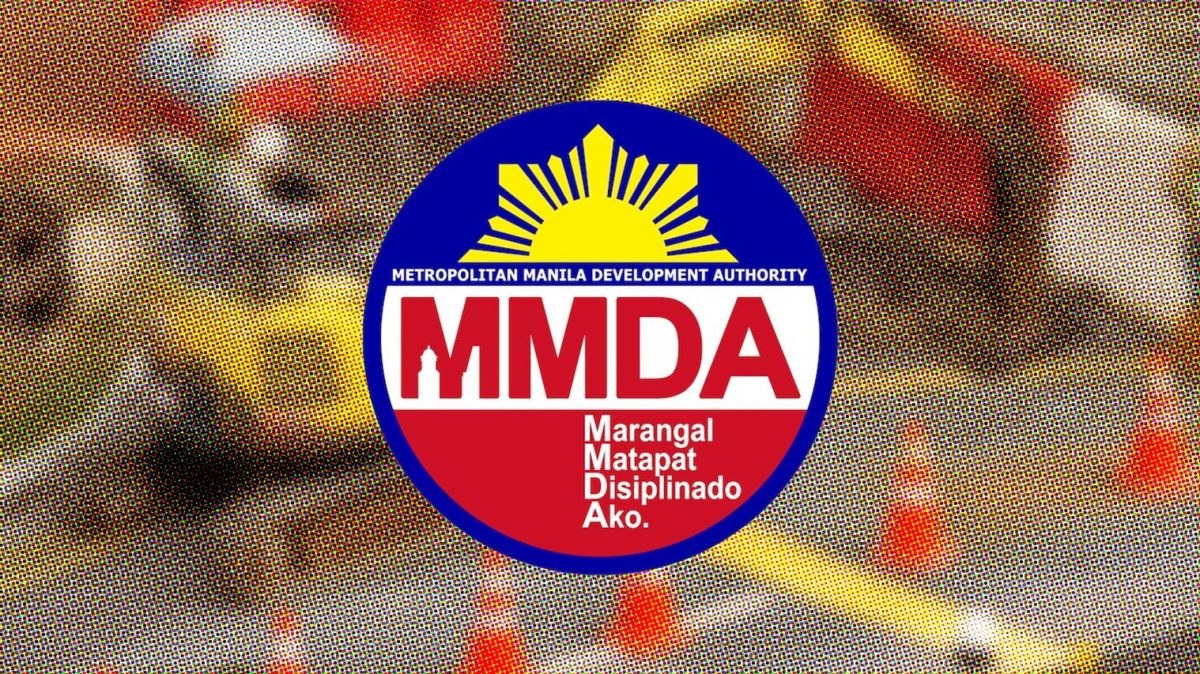The Metropolitan Manila Development Authority (MMDA) said the Department of Transportation (DOTr) have lined up preparations for the possible influx of passengers as portions of EDSA Bus Carousel undergo emergency road repairs.
MMDA Acting Chairman Atty. Don Artes said Transportation Undersecretary for Railways Cesar Chavez assured that the Metro Rail Transit (MRT) is ready to accommodate commuters who will be affected by emergency repairs that will be undertaken by the Department of Public Works and Highways (DPWH).
“Usec. Chavez assured that the MRT is ready for the anticipated influx.”
“Motorists and commuters who will be affected by the one-time, big-time emergency repair are expected to take the trains to avoid the expected traffic build-up at EDSA. Usec. Chavez assured that the MRT is ready for the anticipated influx,” Artes said.
The MMDA will also implement a traffic management plan and deploy 650 traffic enforcers to manage the traffic flow along EDSA and guide motorists and commuters that will be affected.
According to the DPWH, portions of the EDSA Bus Carousel, from Balintawak to Buendia Avenue, will be closed to traffic as it undergoes emergency repairs, starting at 10 p.m. on August 4 and will be completed by 5 a.m. on August 9.
“MRT 3 now has 24 trainsets available and operational after completing its general overhaul of 72 Light Rail Vehicles in November 2022,” the traffic chief said.
As discussed with Artes, Chavez said MRT’s daily average now is 375,000 to 400,000 ridership.
At 18 trainsets during peak hours, MRT3 has increased its ridership to 10 million/month from 5 million per month in 2021 and 8 million/month in 2022, which shows that commuters are now patronizing the MRT.
MRT 3 is also ready to deploy at least two additional trainsets during peak hours if and when necessary.
“With 24 train sets available, MRT can deploy two or three more train sets if needed to accommodate 450,000 to 500,000 passengers daily with four minutes headway.”
“With 24 train sets available, MRT can deploy two or three more train sets if needed to accommodate 450,000 to 500,000 passengers daily with four minutes headway,” Chavez explained to Artes.
DPWH’s emergency road repair is due to the damages caused by previous typhoons and the ongoing effects of the monsoon rain in the National Capital Region (NCR).
The MMDA advised motorists to take alternative routes to avoid inconvenience.
Once completed, the DPWH-NCR will immediately open the closed portions of the bus lane for the immediate use of the public.


